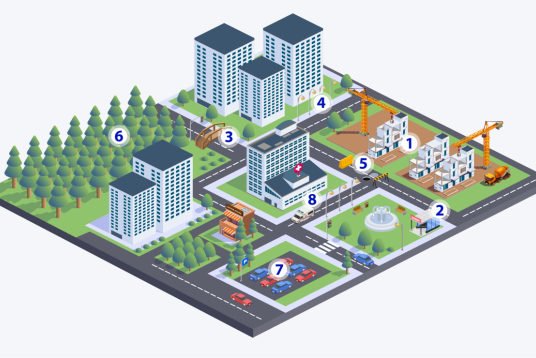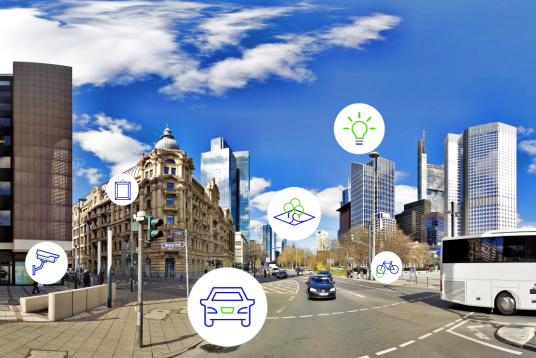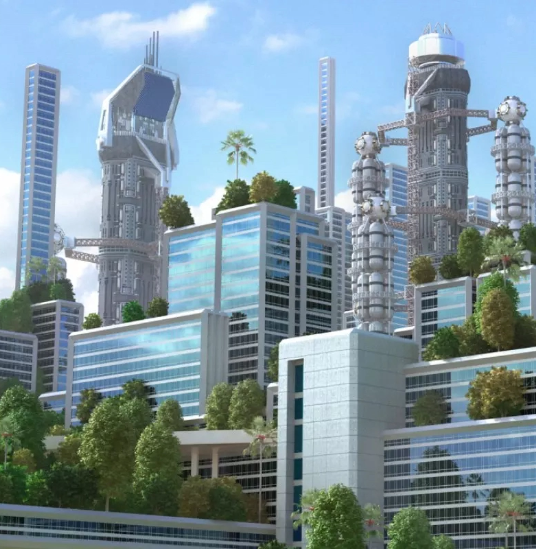World leading cities use smart visual data to make their city more attractive
With Cyclomedia’s Smart City Solutions, you can transform your city into a safer, greener, and more connected place.
How well do you know your city's risks and solutions?

You run a city – and that’s hard enough as it is. With more than half of the world’s population already living in cities, we encounter new challenges every day. Combine this with ever more demanding citizens, higher standards and diminishing resources for government and you know you’re in for a challenge.
We’re happy to take you on a journey with this interactive infographic – this is how we envision Smart Cities.
Mobility & Transport: Smart mobility

Smart mobility data is changing how we travel within smart cities. With the right mobility initiatives and technology, you can reduce commute times as well as improve safety and liveability scores.
Find out how the world’s most desirable cities develop their infrastructure and how mobility data is essential to their success.
Sustainability: Buiding green cities

How will climate change affect your city? Developing more sustainable communities will help to keep cities resilient. From New York to the Netherlands, Cyclomedia can deliver the right data and insights to make smarter and more sustainable decisions.
For example, with relevant data and insights, you can understand how to reduce greenhouse gasses and/or monitor trees and green spaces.
Safety: Safe cities

Safety is paramount for any city. Understanding how to keep your residents safe in case of a fire or a flood is key. Data and situational awareness can make all the difference. For example, in Philadelphia in the United States, first responders can look at the accessibility of a scene before jumping into the fire truck. Smart thinking, better results.
Liveability: Building future cities

Cities are constantly changing. To thrive they need to attract residents, top talent, and business investment. Working to increase and keep liveability scores high will help cities to build communities where people aspire to live, work, and socialise.
Digital transformation can assist your city in adapting to a more connected and smart future. A future proof city is a data-driven city.
